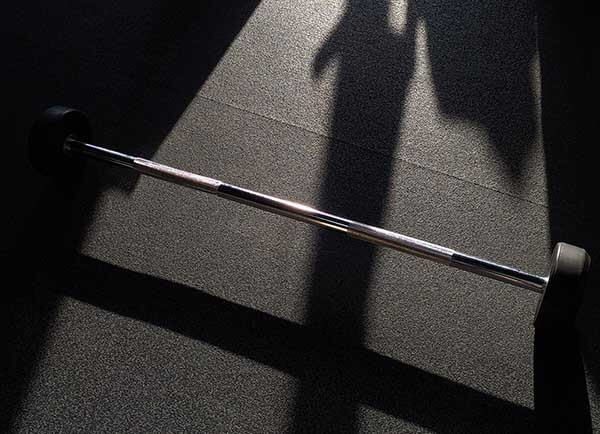Why Adding Hip Thrusts to Swimmers’ Dryland Training Can Boost Performance

Why Adding Hip Thrusts to Swimmers’ Dryland Training Can Boost Performance
Whether you are rocking out with StretchCordz resistance bands, a doorway pull-up bar, banging heavy squats, or doing kettlebell swings in the garage, dryland and strength training exercises are a way to compliment your training in the water.
Dryland builds strength and power, cranks up your core strength, prevents injury, and so on.
One of the primary focuses of dryland training is improving the start.
Swimmers long for a start that is explosive, gets them off the blocks quickly, and has them entering the water at ballistic speeds.
And one of the tools swimmers can use for more power, stronger glutes, and better pelvic awareness is the almighty hip thrust.
Hip thrusts – stronger glutes and faster acceleration
Hip thrusts are one of my favorite exercises.
The movement itself is straight-forward: put your shoulders on a weight bench, line up a barbell across the hips, and drive the barbell skyward.

While squats rightly get a lot of attention when it comes to dryland workouts, they don’t create the same kind of muscle activation in the hamstrings and glutes compared to hip thrusts.
Hip thrusts create a terrific amount of glute activation, teach proper pelvic positioning, and build acceleration off of the blocks.
The variations of the hip thrust are almost limitless.
You can strap a hip thrust barbell pad to the bar and bang out heavy reps. Wrap a resistance band around your thighs, extend one leg, and do bodyweight reps for added hip stability and unilateral strength.
Just how good are hip thrusts for sprinting?
One study took a group of young male athletes and had them do a six-week training program that centered on either front squats or hop thrusts. Participants were tested before and after for various speed and power measures, including 10-meter and 20-meter sprints, vertical jump, and 3-rep max for both exercises.
While the front squat was better for improving vertical jump, the hip thrust was better when it come to sprinting acceleration. When it came to moving horizontally (i.e. doing broad jumps, sprinting, getting off the blocks), the hip thrust proved to be a valuable and proven alternative to squats.
While the squat isn’t going anywhere anytime soon, consider adding the hip thrust to your dryland training.
Your glutes and your start will thank you.
The above press release was posted by Swimming World in conjunction with Your Workout Book . For press releases and advertising inquiries please contact Advertising@SwimmingWorld.com.



